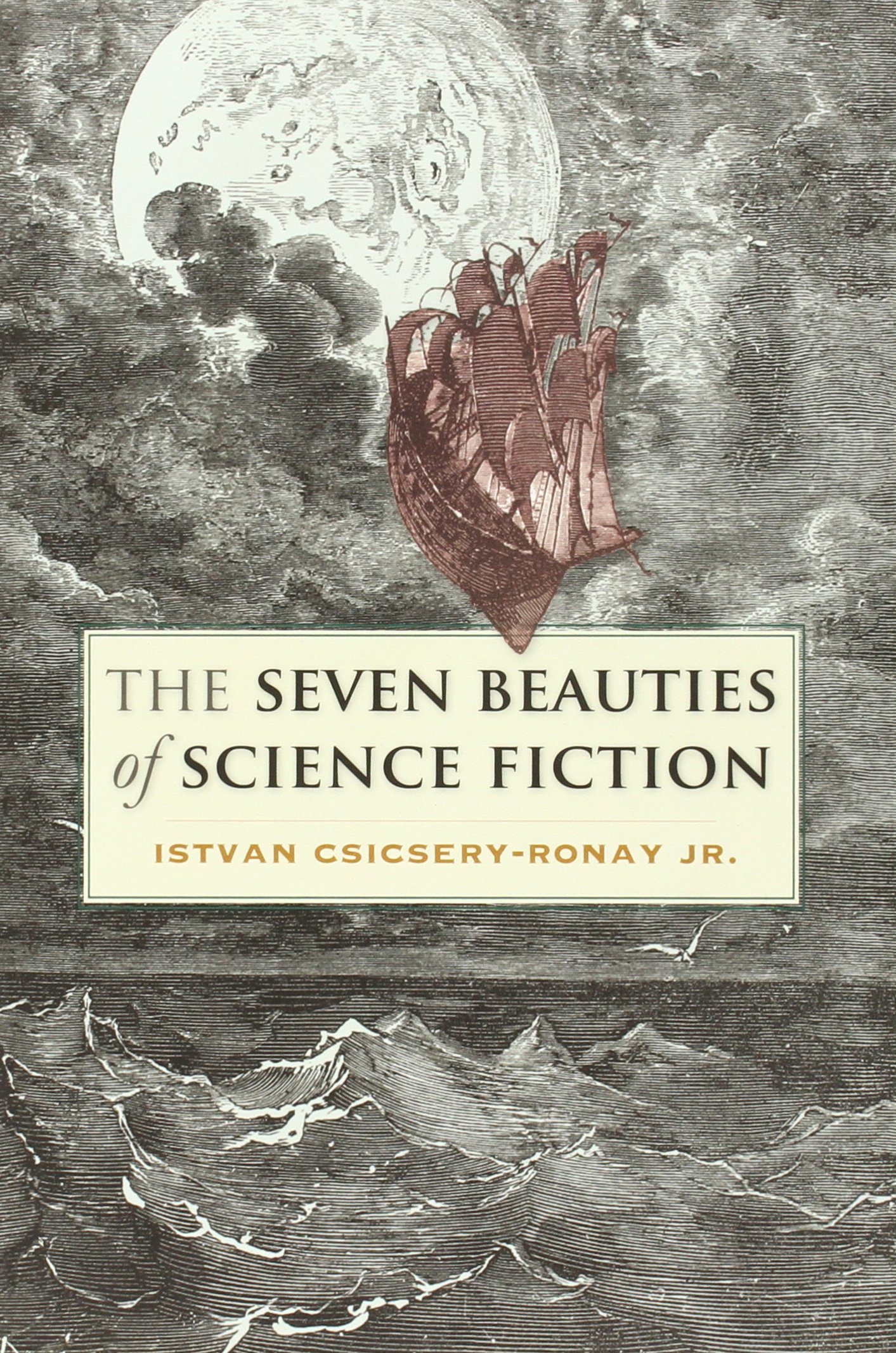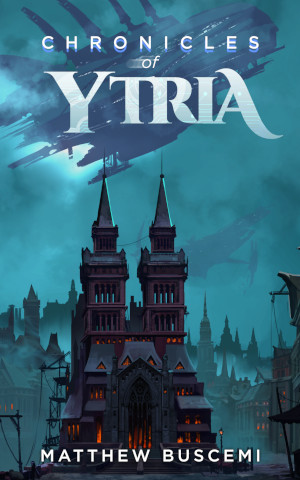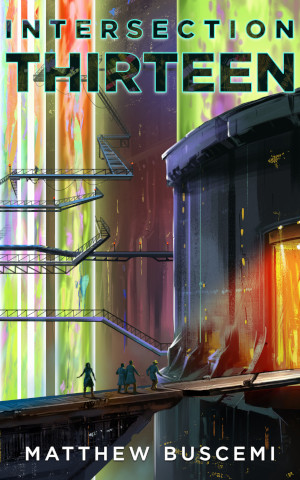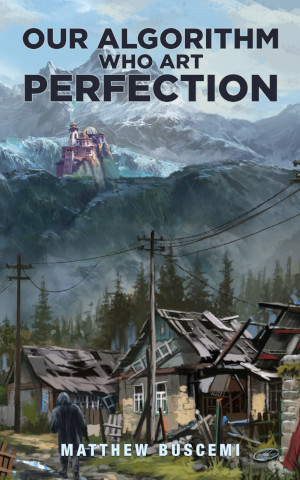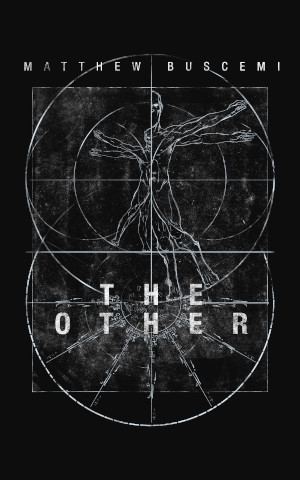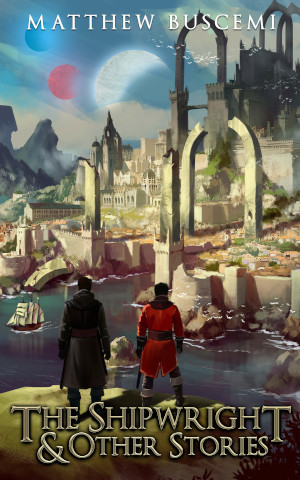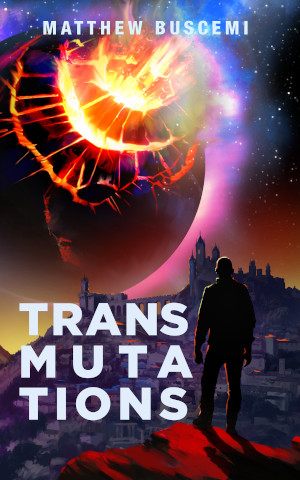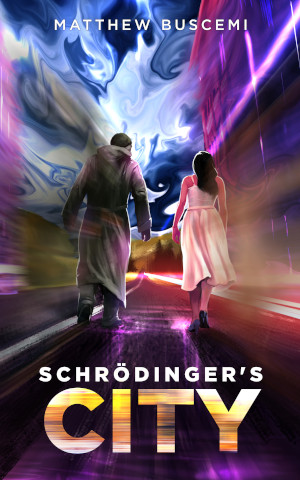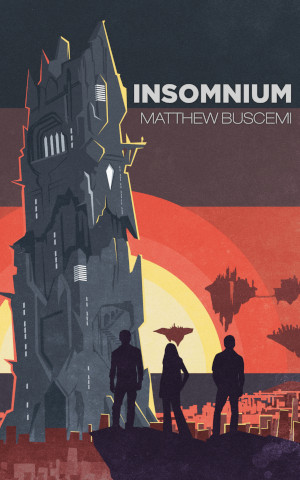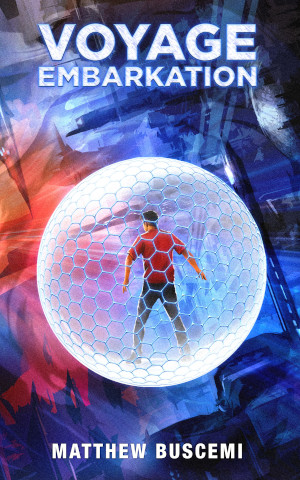SF as Constellation
Monday, January 31, 2022 at 4:45pm
This post was originally published on a prior version of my blog on January 8, 2019. I have made minor stylistic revisions only.
The Seven Beauties of Istvan Csicsery-Ronay Jr.
So far, all of the definitions I have explored have fallen into one of two categories: binary and constructionist. Darko Suvin provides a binary definition; it divides works of fiction into two categories. They either possess sufficient “cognitive estrangement” or they do not. In this way, works can be classified as either SF or not-SF. Damien Broderick’s definition appears constructionist (note that at the time of this writing, I am still limited to what Adam Roberts has written about him). According to Broderick, SF comes into existence as a web of inter-related works, whose SF-ness is defined by those relationships.
In The Seven Beauties of Science Fiction, Istvan Csicsery-Ronay Jr. proposes a third kind of definition. His is multivalent. Csicsery-Ronay identifies seven vectors (or “beauties”), which each act as a kind of science fictional litmus. A work can be simultaneously strong in one vector and weak in another. Works of fiction are no longer judged as either “in our out” of SF, but rather occupying a spectrum of SF-ness, depending on how many beauties they exhibit and how strongly they exhibit them. The beauties are:
- Fictive Neology
- Fictive Novums
- Future History
- Imaginary Science
- The Science-Fictional Sublime
- The Science-Fictional Grotesque
- The Technologiade
The Constellation
Fictive Neology is the invention of new words to signify the altered reality of the science fictional world. For example, the many components of Newspeak in George Orwell’s 1984, such as “Ingsoc” and “doubleplusgood,” are examples of neology.
Fictive Novums is essentially a reiteration of Suvin’s definition of the novum, with a few important exceptions. Csicsery-Ronay attempts to free the term from its Suvin-endowed direct association with utopianism (The Seven Beauties of Science Fiction, 54). Also, whereas Suvin was adamant that a good SF text should only have one novum, Csicsery-Ronay is quite happy to accept multiple nova (61-5).
Future History involves the reader extrapolating a history from his real moment in time up to the time of the future setting of the novel. Alternatively, it could be that the reader must extrapolate the history of an altered timeline rather than a future one, with the fiction’s divergence point from the real world timeline serving as the base. Therefore, a story strong in “future history” does not necessary need to take place in the future.
Imaginary Science, as the name suggests, involves the presence of technological artifacts that have not been invented in reality. They do not necessarily need to be continuous with real science as known to the reader of the text. They need merely to produce a “cognition effect,” a modification to Suvin elaborated by Carl Freedman in Critical Theory and Science Fiction. For details and a justification, see the previous post’s section on hard and soft science fiction.
The Science-Fictional Sublime is a sense of awe and wonder at the ordered and beautiful magnitude of some element of the fiction. In space adventures, this usually manifests as exotic space phenomena. In mystical or quasi-religious SF, sublime elements manifest themselves as (usually technologically mediated) manifestations of God. This element is often the bridge between fantasy and SF.
The Science-Fictional Grotesque is the inverse of the sublime. Whereas the sublime is the epitome of order and beauty, the grotesque is the manifestation of chaos and horror. Epistemological boundaries break down in the grotesque’s wake. The best examples are the many demonic creatures of Lovecraftian fiction. See also anything written by Edgar Allen Poe, such as eviscerated hearts that still beat beneath floorboards. This element is often the bridge between horror and SF.
The Technologiade is a term invented by Csicsery-Ronay. It identifies a type of plot structure that he describes as a technologically-inflected Robinsonade. In other words, a high adventure, “quest for the grail,” or colonial-style adventure to new lands, but with a science-fictional setting and addressing science-fictional concerns.
Comparison to Prior Definitions
This “constellation” style of definition solves many of the quandaries that have vexed science fiction literary critics since Darko Suvin introduced his binary definition of “cognitive estrangement generated by the novum.” One piece of criticism was that his definition too narrowly focused on utopian literature. Another was that it excluded fantasy, horror, and other genre interplay with science fiction entirely.
Csicsery-Ronay’s definition solves both of these quandaries. Utopian SF will be necessarily strong in its Fictive Novum and Future History, and can utilize the other beauties as it sees fit. Fantasy-inflected SF will probably take advantage of some combination of Neology, Sublime, Future History, and the Technologiade. It will probably ignore Imaginary Science, but under this definition that’s okay. A work is now allowed to be science fictional to a degree, rather than wholly in or out of the genre.
My Thoughts
The Seven Beauties of Science Fiction is the first work of SF literary criticism I ever read, so if my analysis seems less involved, that’s only because I’m returning to it in review. This is the book that sent me off searching out Darko Suvin’s Metamorphoses and Carl Freedman’s Critical Theory and Science Fiction. Especially returning to this text after reading Suvin and others, I am struck by just how effective the constellation approach appears when compared to either the binary or constructionist approaches. Csicsery-Ronay’s definition will play a strong role in my approach to the large SF critical analysis project I announced two weeks ago.
Next Steps
Next I will be reading Locating Science Fiction by Andrew Milner, another work which purports to make sense of a complex genre in a way that a binary definition isn’t capable of, at least according to the book’s back matter. More on this in my next post!
